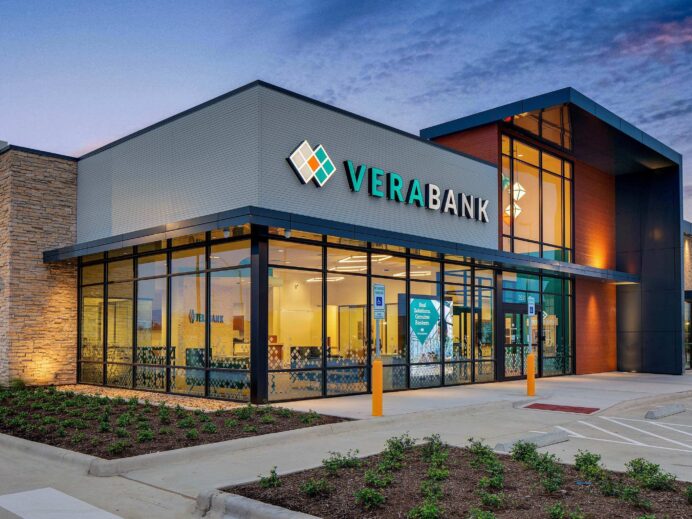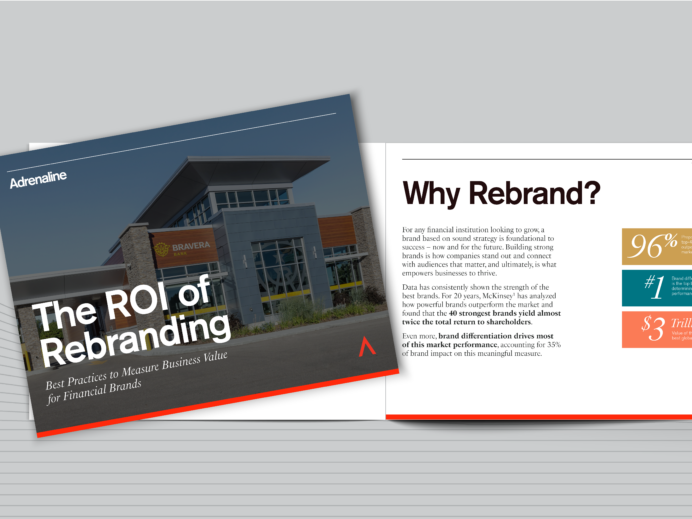
In the last installment in our Brand Architecture series, we addressed how mergers and acquisitions often serve as a survival strategy for brands across the consumer landscape.
In this fast-paced environment, brands may be tempted take the path of least resistance with their brand architecture, allowing their acquired entities to run independently with little alignment to the parent brand. Yet, it’s those brands that take the time to strategically and holistically address their structure that achieve the greatest brand success. In our third article on brand architecture essentials, we are exploring the critical questions to ask to inform decision-making around structures that will help future-proof your brand.
Do You Have Different Audiences?
Following M&A, one of the first crucial questions to ask is whether the audience for the parent and acquired brand is the same. Most brands undergo a merger or acquisition to expand and enhance their reach to new audiences. This can mean that they enter a market for the first time or reach a different demographic after merging. If the answer to this key question is that there is significant overlap geographically – like a retail store or bank branch in the same market – or if the ideal persona for each brand is quite alike, the parent brand should question the wisdom of operating with an affiliate model.
Do You Have Different Brand Promises?
The next key question after an M&A is whether the two merging brands have different brand promises. Is each brand providing a good or service that is distinctive? And if not, is there geographic separation between the two brand’s service areas? That means that if each brand’s good or service is comparable, but separated geographically – like between cities, states or regions – then there may be a case for separate brands. Although, if there is a benefit to the parent brand demonstrating increased threshold and scale thanks to the merger, then one should consider unifying under the parent banner.
Do You Have Different Geographic Areas?
Diving even deeper into geographic areas, a crucial consideration after a merger is whether you have distinct geographic areas and you are intentional about keeping them that way. In healthcare, for example, you may have clinics in a large metropolitan area, but not in other cities across the state. Here though, the healthcare brand likely merged to get a foothold in new markets – in other words, expansion – so there is likely little to any strategic advantage for keeping the previous brand other than name recognition. Geography alone is usually not enough to justify a multiple brand structure.




